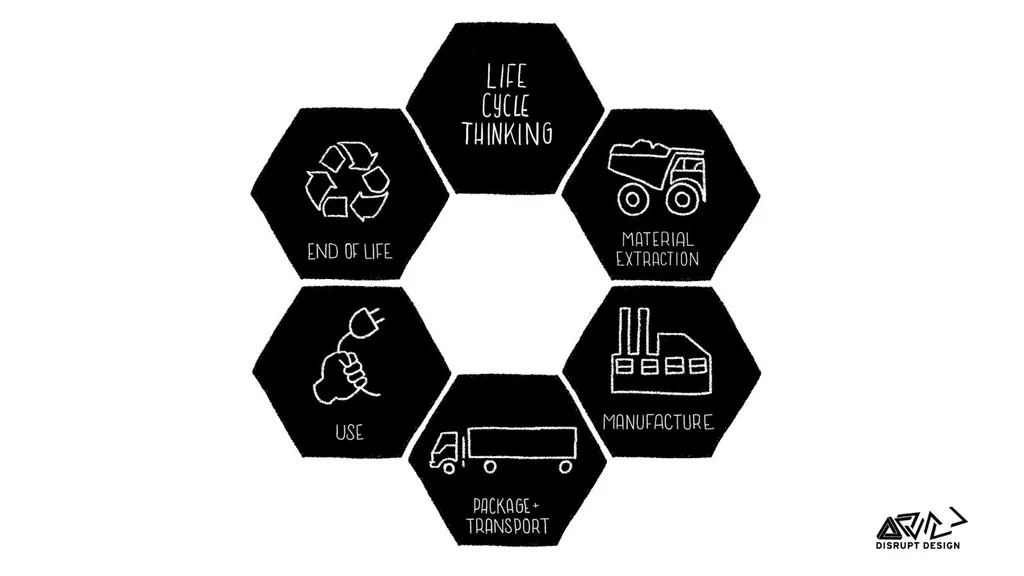In a world grappling with waste management and energy demands, a novel approach to waste-to-energy (WtE) technologies is emerging, promising a sustainable transition that could reshape the energy sector. Dr. Olubukola Tokede, a researcher from Deakin University’s Faculty of Science, Engineering and Built Environment, has published a groundbreaking study in the journal “Sustainable Futures” (formerly known as “Futures”), outlining a comprehensive framework for integrating life cycle sustainability thinking into the WtE sector.
The study, which follows a meticulous three-stage taxonomy, begins with a systematic review of WtE technologies using the PRISMA guidelines. Tokede and her team synthesized this data with existing theoretical frameworks on the bioeconomy, revealing that thermochemical adoption in Asia and Europe is at least 40% higher than biochemical plants. This preference, they found, is largely due to the feedstock constituency, available fuel, and desired output.
“Our research underscores the importance of a life cycle perspective in WtE technologies,” Tokede explains. “By considering the entire lifecycle, from feedstock to output, we can optimize resource utilization and minimize emissions.”
The second stage of the study involved a contextual content analysis of macro-level factors, leading to the development of a sustainable transition framework. This framework optimizes waste mixes, technological options, and the strategic placement of WtE plants. The third stage demonstrated the application of this framework through an illustrative case study, revealing that WtE technologies can improve global warming potential by up to 6%. When combined with carbon capture systems, this figure jumps to 12%, with a 44% improvement in financial viability in the Australian context.
The implications for the energy sector are profound. By adopting this sustainable transition framework, energy companies can not only reduce their environmental impact but also enhance their financial viability. “This framework provides a viable roadmap to ensure that the issues identified across the literature are addressed holistically without burden-shifting,” Tokede notes.
The study advocates for further research through ensembles of digital twin models to better reconcile theory and practice, inform policy, and actualize the bioeconomy potential of WtE projects. As the world moves towards a more sustainable future, this research could shape the development of WtE technologies, offering a viable solution to the dual challenges of waste management and energy demand.
In the words of Tokede, “This is not just about waste management; it’s about creating a genuinely sustainable and resilient future.” With this research, the energy sector has a new tool to navigate the complex landscape of sustainability, paving the way for a future where waste is not just managed, but transformed into a valuable resource.

